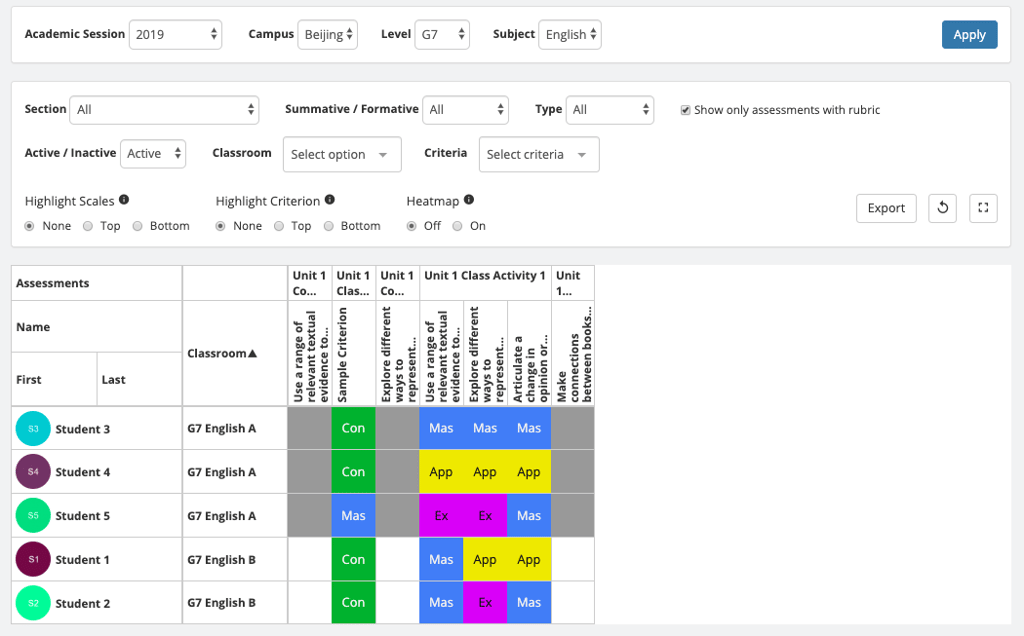Understanding the need and benefits of Common Assessments
Assessments are a key part of the teaching and learning process. Assessments are designed to either help students learn, or to measure student learning, or both. While teachers design and conduct formative and summative assessments in their classrooms to get a good sense of student performance and skill mastery in their class, it is hard to get a sense of student performance and mastery across a cohort of students who are part of different classrooms with different teachers on the learning platform.
Common Assessments act as a great way to assess student performance at a cohort level. Common Assessments, as the name suggests, are assessments that are common to a cohort of students. For example, all students of Grade 7 Science will get the exact same assessment. So even though different teachers may be teaching different classes of Grade 7 Science in the school or district, all students across all Grade 7 Science classes will be taking the same Common Assessments.
One of the key benefits of Common Assessments is to allow for consistency in measuring student performance. While teachers can and should assess the mastery and understanding of the students of their class by designing their own formative and/or summative assessments, it is hard, and sometimes not fair to compare the performance of students in a subject across classes on different assessments which may have varying levels of difficulty and depth. For a more like-to-like comparison, Common Assessment is a preferred approach by many schools and districts.
Another benefit of Common Assessments is that it enables the teachers/PLCs to come together to plan and design their common assessments collaboratively, as part of the curriculum planning exercise. By aligning on the common assessments, teachers can focus on the design and delivery of learning units with their students in their own classes with the assessment objectives in mind.
One of the most important outcomes of using Common Assessments is the ability to look at the student performance data and collectively review and analyse how students have fared in the common assessments, to:-
- Identify common gaps/weaknesses in student performance (which learning standards need more improvement, and which ones have worked well),
- Understand/normalise the grading approach amongst the teachers,
- Reflect on the curriculum plan and make informed changes to the unit plan to address some of the gaps identified
At Teamie, we’ve enabled the ability for schools to design and push common assessments, and review the student performance of the cohort to identify gaps, and reflect on their instructional strategy to work towards the common goal of improving student learning outcomes.

If you’d like to learn more about the Common Assessments feature, click here or write to us at support@theteamie.com
Want to learn more about such best practices?
Download this white paper that includes 24 Best Practices for implementing an LMS.



Leave a Reply